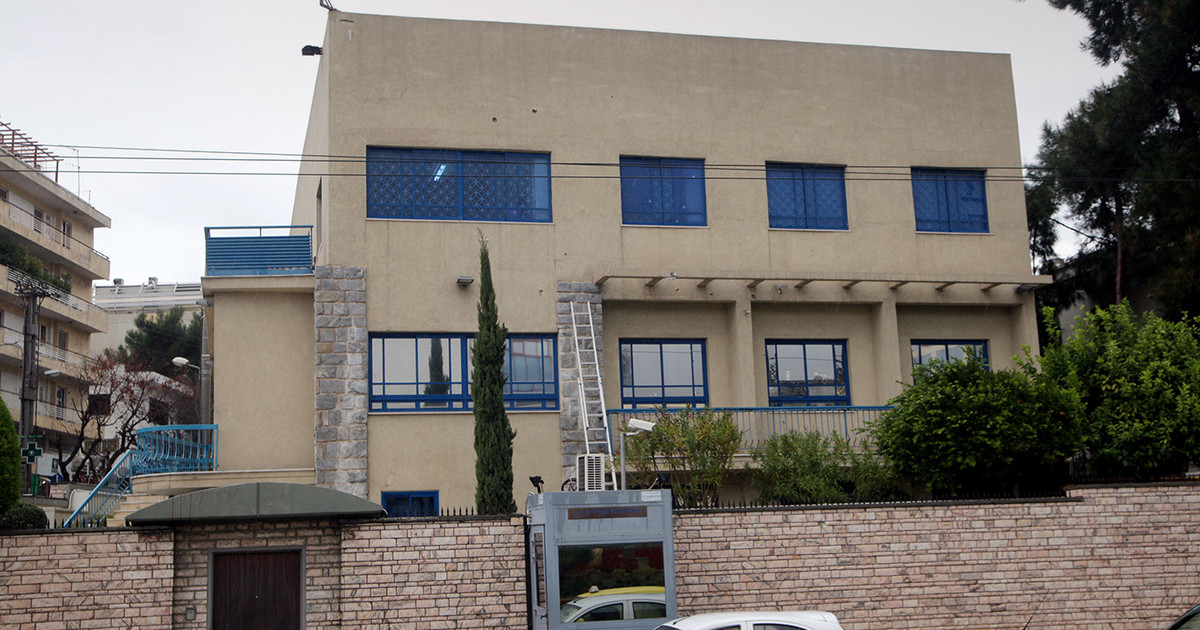India will overtake China this year to become the most populous country in the world.
The likelihood that India will pass that key milestone within months soared on Tuesday, when China reported that its population had shrunk in 2022 for the first time in more than 60 years.
This shift will have significant economic implications for the two Asian giants, which have more than 1.4 billion residents each.
With the population data, China also reported one of its worst economic growth figures in nearly half a century, underscoring the big challenges the country faces as its workforce shrinks and the number of retirees rises.
For India, what economists and analysts call the “demographic dividend” could continue to sustain rapid growth as the number of healthy workers increases.
There are fears that the country could be left out, however. That’s because India is simply not creating job opportunities for the millions of young job seekers who already enter the workforce every year.
The working-age population of the South Asian country is over 900 million, according to 2021 data from the Organization for Economic Co-operation and Development (OECD). That number is expected to reach more than 1 billion in the next decade, according to the Indian government.
But those numbers could become a problem if policymakers don’t create enough jobs, experts have warned. Data already show that a growing number of Indians are not even looking for work, given the lack of opportunities and low wages.
India’s labor force participation rate, an estimate of both the active workforce and people looking for work, stood at 46%, one of the lowest in Asia, according to 2021 data from the World Bank. In comparison, rates in China and the United States stood at 68% and 61%, respectively, in the same year.
For women, the numbers are even more alarming. India’s female labor participation rate was just 19% in 2021, down from around 26% in 2005, World Bank data show.
“India is sitting on a ticking time bomb,” Chandrasekhar Sripada, a professor of organizational behavior at the Indian School of Business, told CNN . “There will be social unrest if enough jobs cannot be created in a relatively short period of time.”
India’s jobless rate for December stood at 8.3%, according to the Center for Monitoring the Indian Economy (CMIE), an independent think tank based in Mumbai, which publishes employment data more regularly than the Indian government. In contrast, the US rate was around 3.5% at the end of last year.
“India has the largest youth population in the world… There is no shortage of capital in the world today,” Mahesh Vyas, CEO of CMIE, wrote in a blog last year. “Ideally, India should seize this rare opportunity for readily available labor and capital to fuel rapid growth. However, this bus seems to be missing.”
Not everyone is an engineer
Lack of high quality education is one of the biggest reasons behind unemployment crisis in India. There has been a “massive failure at the educational level” on the part of policymakers, Sripada said, adding that Indian institutions emphasize “mechanical learning” over “creative thinking”.
As a result of this toxic combination of low education and lack of jobs, thousands of college graduates, including PhDs, end up applying for low-level government jobs, such as “pawns” or office boys, which pay less than US$ 300 per month.
The good news is that policymakers have recognized this problem and have begun to put “reasonable emphasis on building skills now,” Sripada said. But it will be years before the impact of the new policies can be seen, she added.
Asia’s third-largest economy also needs to create more off-farm jobs to realize its full economic potential. According to recent government data, more than 45% of the Indian workforce is employed in the agricultural sector.
The country needs to create at least 90 million new non-farm jobs by 2030 to absorb new workers, according to a 2020 report by the McKinsey Global Institute. Many of those jobs can be created in the manufacturing and construction sectors, experts said.
As tensions between China and the West rise, India has made some progress in ramping up manufacturing, luring international giants like Apple to produce more in the country. But factories still make up just 14% of India’s GDP, according to the World Bank.
With GDP forecast to expand by 6.8% for the fiscal year ending in March, the South Asian country is expected to be the fastest growing economy in the world. But, according to a former central banker, even that growth is “insufficient”.
“A lot of that growth is jobless growth. Jobs are essentially the economy’s first task. We don’t need everyone to be programmers or software consultants, but we need decent jobs,” Raghuram Rajan, former governor of the Reserve Bank of India, told media company NDTV last year.
According to the Mckinsey report, for “profitable and productive employment growth of this magnitude, India’s GDP will need to grow by 8.0% to 8.5% annually over the next decade”.
Source: CNN Brasil
A journalist with over 7 years of experience in the news industry, currently working at World Stock Market as an author for the Entertainment section and also contributing to the Economics or finance section on a part-time basis. Has a passion for Entertainment and fashion topics, and has put in a lot of research and effort to provide accurate information to readers.






